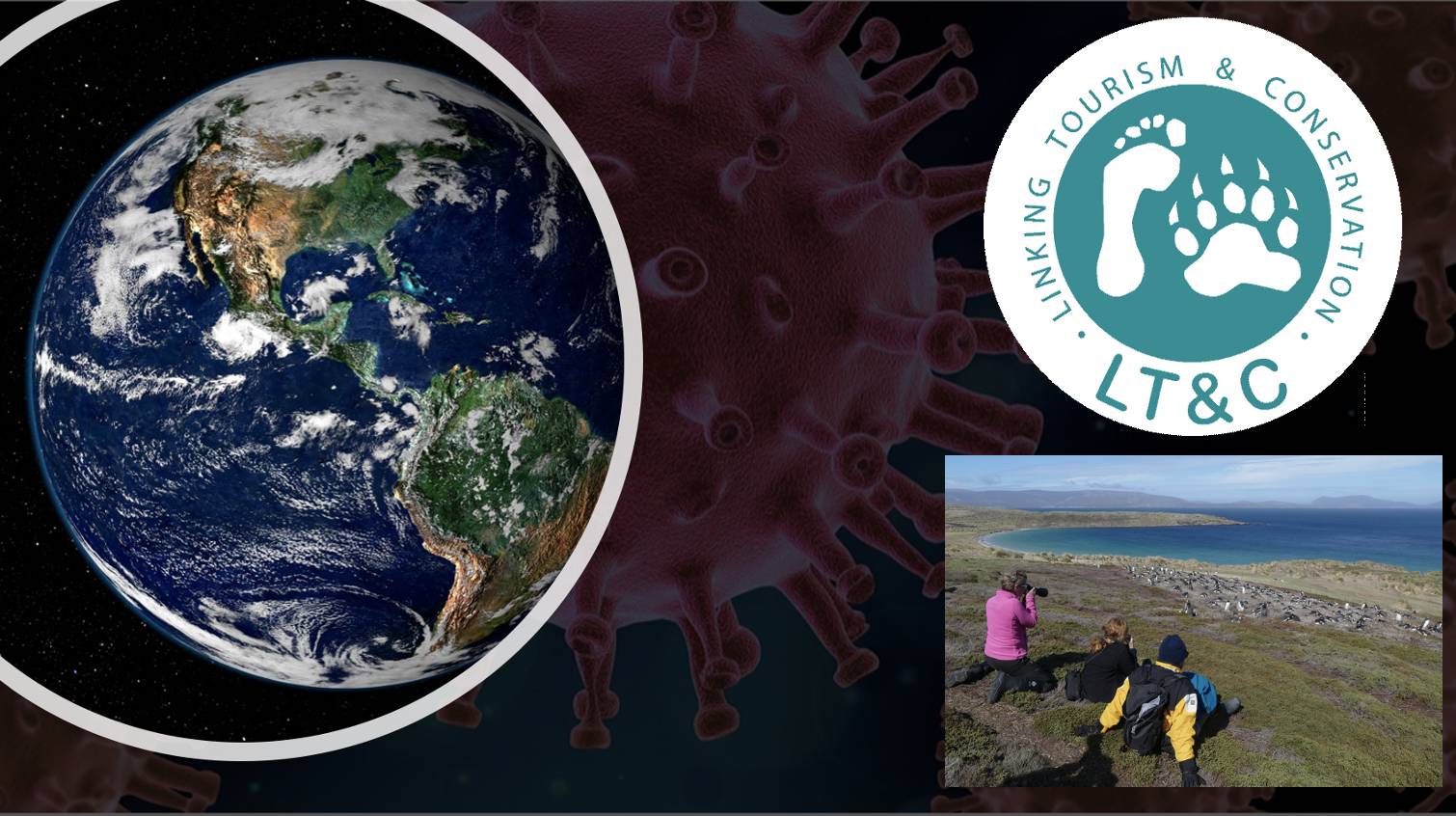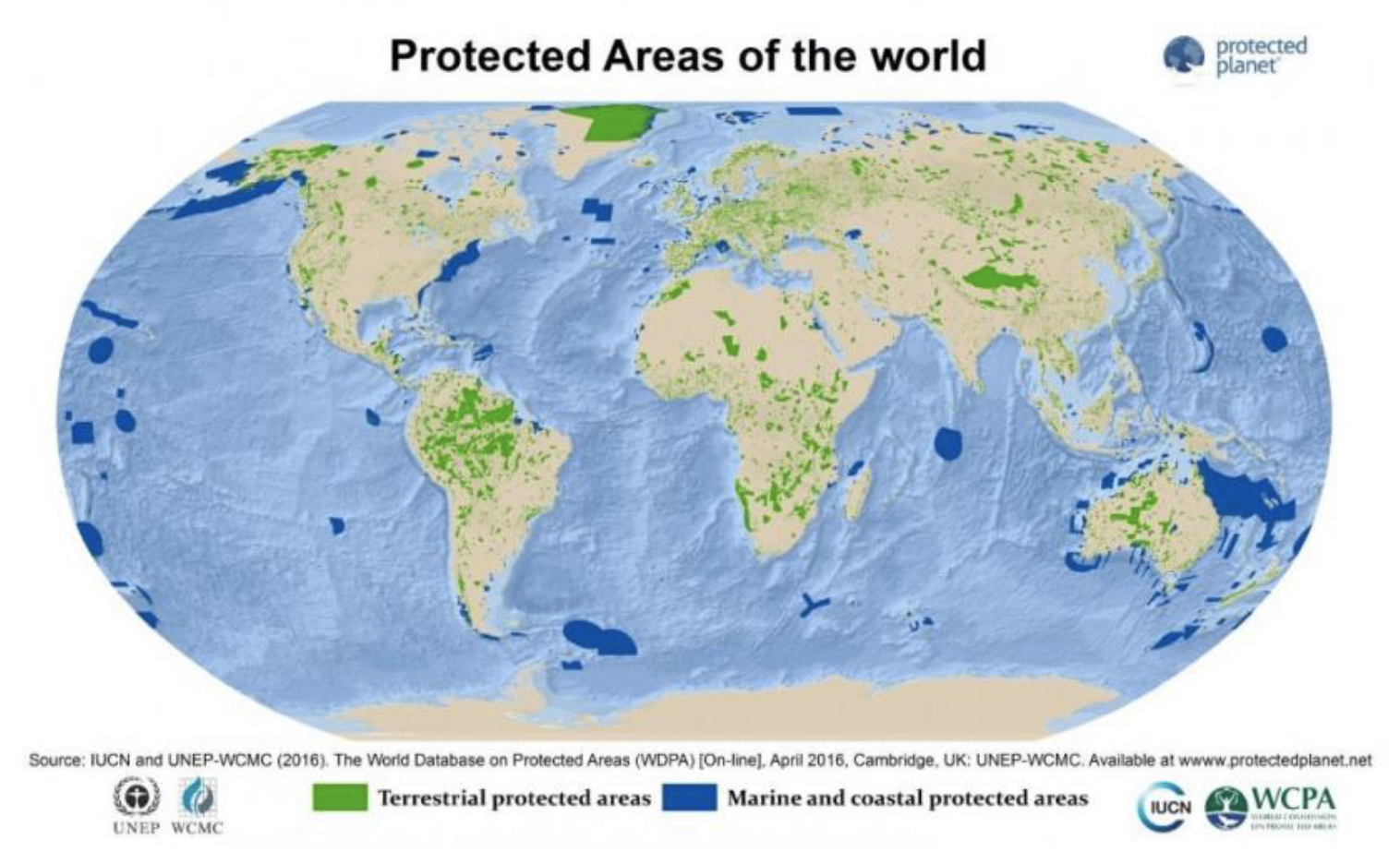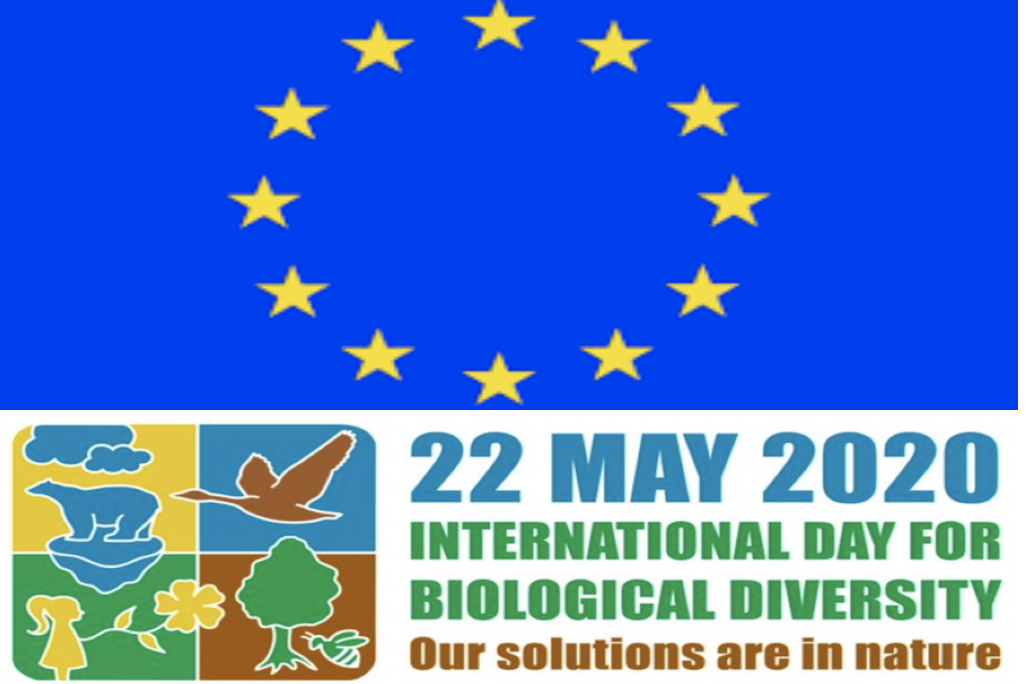Two days before World Biodiversity Day (May 22), the EU Commission communicated its Biodiversity Strategy for 2030: “Bringing nature back into our lives”. This is a very important and ambitios strategy, which hopefully motivates also governments in other parts of the world to follow or even compete with. It puts Biodiversity highest on governments agenda, and not without reason if we just read the introduction of the EU communication:
“From the world’s great rainforests to small parks and gardens, from the blue whale to microscopic fungi, biodiversity is the extraordinary variety of life on Earth. We humans are part of, and fully dependent on, this web of life: it gives us the food we eat, filters the water we drink, and supplies the air we breathe. Nature is as important for our mental and physical wellbeing as it is for our society’s ability to cope with global change, health threats and disasters. We need nature in our lives.”

The strategy also responds to the present COVID-19 crisis: “Investing in nature protection and restoration will also be critical for Europe’s economic recovery from the COVID-19 crisis. When restarting the economy, it is crucial to avoid falling back and locking ourselves into damaging old habits. The European Green Deal – the EU’s growth strategy – will be the compass for our recovery, ensuring that the economy serves people and society and gives back to nature more than it takes away.” – This could also be related to LT&C’s position that governments, which put out enormous financial support to the tourism industry for surviving the Corona-crisis, may prioritize those businesses, which have a proven history of supporting the protection of biodiversity. LT&C-Examples should be of high relevance in this context.

The EU-Biodiversity Strategy also emphasizes the high importance of protected areas to safeguard nature: “Biodiversity fares better in protected areas. However, the current network of legally protected areas, including those under strict protection, is not sufficiently large to safeguard biodiversity. Evidence shows that the targets defined under the Convention on Biological Diversity are insufficient to adequately protect and restore nature. Global efforts are needed and the EU itself needs to do more and better for nature and build a truly coherent Trans-European Nature Network.” The EU is thereby joining or even leading the movement to safeguard global biodiversity (known as #30×30) by advocating for the 30% target for 2030: “For the good of our environment and our economy, and to support the EU’s recovery from the COVID-19 crisis, we need to protect more nature. In this spirit, at least 30% of the land and 30% of the sea should be protected in the EU.“
And about financing The European Green Deal the EU Commission states: “To meet the needs of this strategy, including investment priorities for Natura 2000 and green infrastructure, at least €20 billion a year should be unlocked for spending on nature. This will require mobilising private and public funding at national and EUlevel71, including through a range of different programmes in the next long-term EU budget. Moreover, as nature restoration will make a major contribution to climate objectives, a significant proportion of the 25% of the EU budget dedicated to climate action will be invested in biodiversity and nature-based solutions.”
Download and read the full text of this important biodiversity commitment of the EU:



